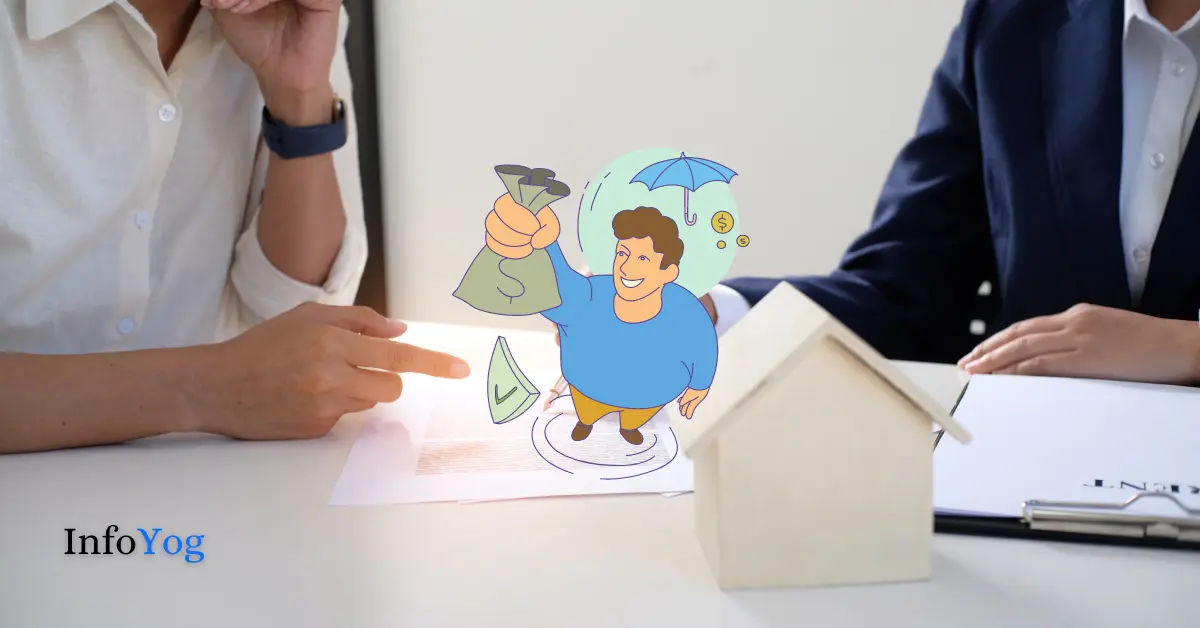In this comprehensive article, we will delve into home insurance claim adjuster secret tactics, empowering homeowners with the knowledge to navigate the claims process effectively and secure fair settlements.
Table of Contents
The Role of Home Insurance Claim Adjuster
Before delving into their tactics, it is essential to understand the role of a home insurance claim adjuster. These professionals are hired by insurance companies to investigate and assess claims. Their primary responsibility is to determine the extent of damage, whether the claim is valid, and the appropriate compensation amount based on the policy’s terms and coverage limits.
However, behind the scenes, these claim adjusters employ certain tactics to protect the interests of insurance companies, which may impact the outcome of your claim.
Home Insurance Claim Adjuster Secret Tactics
1. The Art of Negotiation: Maximizing Savings for Insurance Companies
Claim adjusters are skilled negotiators, adept at securing the best deal for their employers – the insurance companies. Their primary goal is to minimize claim payouts while staying within the bounds of the policy’s terms and conditions. To achieve this, adjusters often start by presenting low initial offers, hoping that policyholders will accept them without much push-back. This tactic, commonly known as “low-balling,” can leave homeowners feeling disheartened and unfairly compensated.
To counteract this tactic, homeowners should refrain from accepting the first offer and instead engage in negotiation. Presenting evidence of the damages, obtaining independent estimates, and hiring public adjusters or legal representation can level the playing field and increase the likelihood of a reasonable settlement.
2. Capitalizing on Policy Jargon: Misinterpretation for Denial
Home insurance policies are filled with intricate jargon and specific terminology that can be difficult for the average homeowner to comprehend fully. Claim adjusters often leverage this complexity to their advantage, citing clauses and exclusions that may limit or deny coverage for certain damages.
To combat this tactic, homeowners must familiarize themselves with their policy’s terms and conditions. Seeking assistance from an insurance professional or legal expert can help clarify any ambiguous language and ensure a comprehensive understanding of the coverage provided.
3. Delays and Stalling Tactics: Testing Patience and Willpower
Claim adjusters may adopt stalling tactics, intentionally prolonging the claims process to wear down homeowners’ patience and resolve. By requesting additional documentation, scheduling multiple inspections, or repeatedly asking for the same information, adjusters aim to create frustration and pressure homeowners into accepting less favorable settlements.
To counteract this tactic, homeowners should maintain open lines of communication, document all interactions, and set clear expectations for the timeline of the claims process. Seeking regular updates and promptly providing requested information can help prevent unnecessary delays.
4. Underplaying Damages: Challenging the Severity of Losses
Claim adjusters may attempt to downplay the extent of damages suffered by homeowners. They may argue that the damages were pre-existing, caused by regular wear and tear, or unrelated to the claimed incident. Such tactics can significantly reduce the payout or even lead to the denial of a claim.
Homeowners can strengthen their case by gathering thorough documentation, including photographs, videos, and expert assessments, which provide clear evidence of the damages’ legitimacy and severity. Engaging the services of independent contractors or professionals to support the claim can also be beneficial.
5. Reliance on Unrecorded Statements: Extracting Inconsistent Information
During conversations with homeowners, claim adjusters may attempt to elicit unrecorded statements that could later be used against them to question the validity of their claim. These informal discussions may lead to inconsistencies, creating doubt about the veracity of the homeowner’s account.
To protect themselves, homeowners should avoid engaging in casual conversations with claim adjusters. Instead, all communication should be conducted through written channels, allowing homeowners to maintain a record of all interactions for reference and protection.
6. Pre-Existing Condition Claims: Discrediting the Claim’s Origin
Claim adjusters may investigate a homeowner’s medical history or past property inspections to find evidence of pre-existing conditions that could be linked to the claimed damages. If successful, this tactic may result in a denial of the claim or reduced compensation.
To counter this tactic, homeowners should provide clear evidence that establishes a direct connection between the damages and the recent incident. Keeping thorough records of the property’s condition before the event can help demonstrate that the damages were, indeed, caused by the claimed incident.
7. Inaccurate Estimates: Underestimating Repair Costs
Claim adjusters may present estimates or quotes from contractors that undervalue the actual cost of repairs or replacements. By suggesting cheaper materials or inexperienced labor, they can justify a lower settlement offer.
To ensure a fair assessment, homeowners should obtain their estimates from reputable contractors and gather multiple quotes for comparison. Providing these estimates to the claim adjuster can strengthen the case for a more appropriate payout.
Bottom Line
While home insurance claim adjusters play an essential role in the claims process, it’s crucial for homeowners to be aware of the tactics they may employ to protect their employer’s interests.
By understanding these home insurance claim adjuster secret tactics, policyholders can equip themselves to navigate the claims process more effectively and secure fair settlements that adequately compensate for their losses.
Vigilance, thorough documentation, assertive negotiation, and seeking professional guidance when necessary can help homeowners level the playing field and ensure their home insurance policy serves as the reliable safety net it is intended to be.

